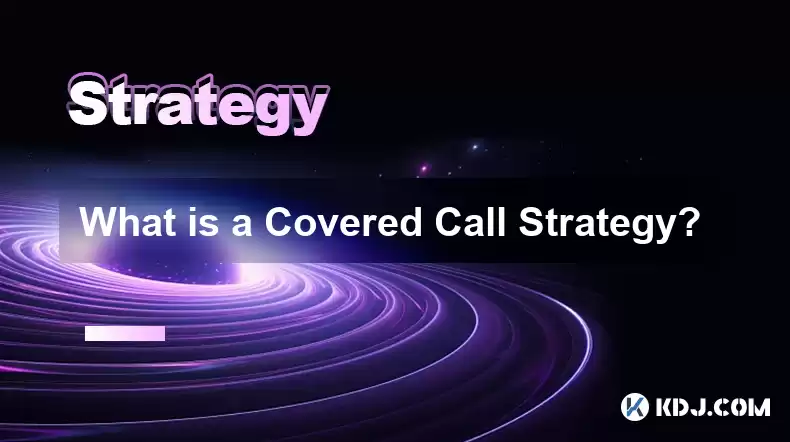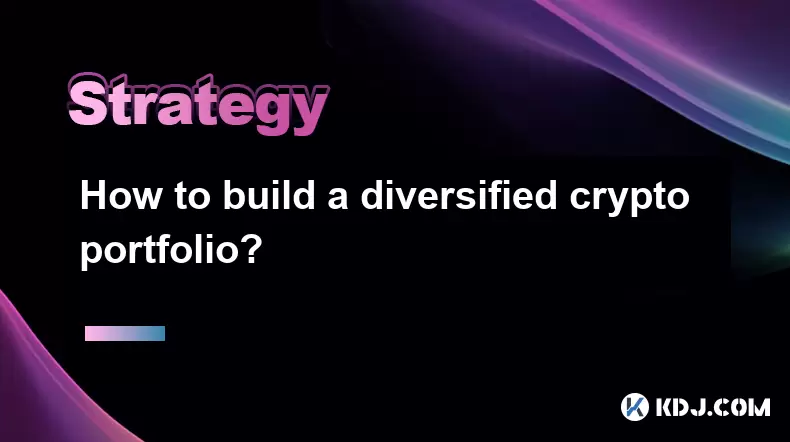-
 Bitcoin
Bitcoin $116400
-0.36% -
 Ethereum
Ethereum $4033
3.40% -
 XRP
XRP $3.302
-1.26% -
 Tether USDt
Tether USDt $1.000
-0.02% -
 BNB
BNB $796.1
1.67% -
 Solana
Solana $177.8
1.89% -
 USDC
USDC $0.9999
0.00% -
 Dogecoin
Dogecoin $0.2314
4.09% -
 TRON
TRON $0.3381
0.14% -
 Cardano
Cardano $0.7989
1.22% -
 Stellar
Stellar $0.4496
-1.84% -
 Chainlink
Chainlink $20.42
9.42% -
 Hyperliquid
Hyperliquid $41.17
0.88% -
 Sui
Sui $3.914
3.77% -
 Bitcoin Cash
Bitcoin Cash $584.7
1.52% -
 Hedera
Hedera $0.2632
-0.54% -
 Avalanche
Avalanche $24.09
3.40% -
 Ethena USDe
Ethena USDe $1.001
-0.02% -
 Litecoin
Litecoin $123.2
1.33% -
 Toncoin
Toncoin $3.318
-0.04% -
 UNUS SED LEO
UNUS SED LEO $8.984
-0.05% -
 Shiba Inu
Shiba Inu $0.00001323
2.85% -
 Uniswap
Uniswap $10.90
4.41% -
 Polkadot
Polkadot $3.999
3.34% -
 Dai
Dai $1.000
0.01% -
 Cronos
Cronos $0.1630
9.64% -
 Bitget Token
Bitget Token $4.484
0.82% -
 Monero
Monero $272.4
2.44% -
 Pepe
Pepe $0.00001173
6.03% -
 Aave
Aave $290.8
2.88%
What is a Covered Call Strategy?
In a covered call strategy, an investor simultaneously holds the underlying asset and sells (writes) a call option to generate income while retaining capital appreciation potential.
Feb 27, 2025 at 02:00 am

Key Points:
- Definition of a covered call strategy
- Mechanics of a covered call strategy
- Benefits and risks of a covered call strategy
- Practical implementation of a covered call strategy
- Example of a covered call strategy
What is a Covered Call Strategy?
A covered call strategy is a neutral to bullish options trading strategy that involves selling (writing) a call option while simultaneously holding an underlying asset. This strategy aims to generate income by collecting the option premium while retaining the potential for capital appreciation in the underlying asset.
Mechanics of a Covered Call Strategy:
To implement a covered call strategy, the trader must:
- Own the underlying asset: The trader must hold a position in the stock, ETF, or other asset that underlies the call option being sold.
- Sell a call option: The trader sells (writes) a call option with a strike price and expiration date that align with their expectations.
- Collect premium: The trader receives a payment (premium) from the buyer of the call option, which represents the value of the option contract.
- Obligation to sell (assign): If the underlying asset price exceeds the strike price on or before the expiration date, the trader is obligated to sell (assign) the underlying asset to the call option buyer at the strike price.
Benefits and Risks of a Covered Call Strategy:
Benefits:
- Income generation: The strategy generates income through the collection of option premiums.
- Hedging: The sold call option provides some protection against potential losses in the underlying asset.
- Leverage: The leverage provided by the options contract allows the trader to potentially amplify their returns.
Risks:
- Assignment risk: If the underlying asset price rises significantly, the trader may be forced to sell it at the strike price, potentially missing out on further gains.
- Opportunity cost: If the underlying asset price remains stable or declines, the trader may have missed out on the potential upside by selling the call option.
- Unlimited loss potential: If the underlying asset price falls significantly, the trader could potentially lose more than the premium received from the call option.
Practical Implementation of a Covered Call Strategy:
To implement a covered call strategy, follow these steps:
- Choose an underlying asset: Select an asset with a strong trend you believe will continue.
- Determine the appropriate strike price: Choose a strike price slightly above the current price of the underlying asset to provide a cushion against assignment.
- Set an expiration date: Consider the time frame over which you expect the trend to continue.
- Sell the call option: Enter the call option sale order, specifying the quantity, strike price, and expiration date.
- Monitor the position: Track the performance of the underlying asset and adjust the strike price or expiration date as needed.
Example of a Covered Call Strategy:
Suppose an investor owns 100 shares of Apple stock (AAPL) trading at $150 per share. They believe the stock will continue to rise and choose to sell a call option with a strike price of $155 and an expiration date of 30 days. By selling the call option, the investor receives a premium of $0.50 per share, or $50 for all 100 shares.
- Benefit: If AAPL stock rises to $160 before expiration, the investor will retain their shares and collect the option premium.
- Risk: If AAPL stock rises above $155, the investor may be forced to sell their shares at the strike price of $155, potentially missing out on further gains.
FAQs:
Q: How does assignment work in a covered call strategy?
A: When an underlying asset price exceeds the strike price on or before expiration, the call option buyer has the right to request delivery of the underlying asset. The seller of the call option is obligated to sell (assign) the asset at the strike price.
Q: What is the main advantage of using a covered call strategy?
A: The main advantage of a covered call strategy is generating income through the collection of option premiums while maintaining exposure to the underlying asset.
Q: What is the primary risk associated with a covered call strategy?
A: The primary risk is assignment risk, where the trader is forced to sell the underlying asset at the strike price if the price rises significantly.
Q: How can I mitigate the risks of a covered call strategy?
A: To mitigate risks, choose an appropriate strike price, monitor the underlying asset's performance, and adjust the strategy as needed.
Q: Can I use a covered call strategy with any underlying asset?
A: While a covered call strategy can be used with various underlying assets, it is typically best suited for assets with moderate volatility and a clear trend.
Disclaimer:info@kdj.com
The information provided is not trading advice. kdj.com does not assume any responsibility for any investments made based on the information provided in this article. Cryptocurrencies are highly volatile and it is highly recommended that you invest with caution after thorough research!
If you believe that the content used on this website infringes your copyright, please contact us immediately (info@kdj.com) and we will delete it promptly.
- HAT Token Mania: Price Surges, Crypto Auctions, and Meme Coin Mayhem
- 2025-08-09 11:10:11
- Undervalued Cryptos Primed for a 2025 Takeoff: MAGACOIN, TRX, and SUI Lead the Pack
- 2025-08-09 11:10:11
- Bitcoin Goes to Harvard: Ivy League Embraces Digital Assets
- 2025-08-09 10:50:12
- Bitcoin, BlockDAG, and Toncoin: Decoding the Crypto Buzz in NYC
- 2025-08-09 11:30:11
- XRP, Pi Network, and Binance Listing Buzz: What's the Hype?
- 2025-08-09 11:30:11
- Arctic Pablo Coin: The Meme Coin Presale Promising High ROI in Q3 2025
- 2025-08-09 10:50:12
Related knowledge

How to use stop-loss orders to limit potential losses?
Aug 08,2025 at 02:01pm
Understanding Stop-Loss Orders in Cryptocurrency TradingA stop-loss order is a risk management tool used by traders to automatically sell a cryptocurr...

How to read cryptocurrency charts and use technical analysis?
Aug 08,2025 at 11:08am
Understanding the Basics of Cryptocurrency ChartsCryptocurrency charts are graphical representations of price movements over time. These charts are es...

How to do your own research (DYOR) before investing in a crypto project?
Aug 08,2025 at 09:07pm
Understanding the Core Principles of DYOR in CryptocurrencyEngaging in due diligence before investing in any cryptocurrency project is essential to mi...

How to build a diversified crypto portfolio?
Aug 09,2025 at 12:21pm
Understanding the Importance of Diversification in CryptoDiversification in the cryptocurrency space is a strategy used to reduce risk by spreading in...

How to avoid common crypto investment mistakes?
Jul 13,2025 at 01:35am
Understanding the Risks of Crypto InvestmentInvesting in cryptocurrency can be highly rewarding, but it also comes with significant risks. One of the ...

What is a long-short crypto strategy?
Jul 15,2025 at 10:56am
Understanding the Basics of a Long-Short Crypto StrategyA long-short crypto strategy is an investment approach where traders simultaneously take long ...

How to use stop-loss orders to limit potential losses?
Aug 08,2025 at 02:01pm
Understanding Stop-Loss Orders in Cryptocurrency TradingA stop-loss order is a risk management tool used by traders to automatically sell a cryptocurr...

How to read cryptocurrency charts and use technical analysis?
Aug 08,2025 at 11:08am
Understanding the Basics of Cryptocurrency ChartsCryptocurrency charts are graphical representations of price movements over time. These charts are es...

How to do your own research (DYOR) before investing in a crypto project?
Aug 08,2025 at 09:07pm
Understanding the Core Principles of DYOR in CryptocurrencyEngaging in due diligence before investing in any cryptocurrency project is essential to mi...

How to build a diversified crypto portfolio?
Aug 09,2025 at 12:21pm
Understanding the Importance of Diversification in CryptoDiversification in the cryptocurrency space is a strategy used to reduce risk by spreading in...

How to avoid common crypto investment mistakes?
Jul 13,2025 at 01:35am
Understanding the Risks of Crypto InvestmentInvesting in cryptocurrency can be highly rewarding, but it also comes with significant risks. One of the ...

What is a long-short crypto strategy?
Jul 15,2025 at 10:56am
Understanding the Basics of a Long-Short Crypto StrategyA long-short crypto strategy is an investment approach where traders simultaneously take long ...
See all articles

























































































